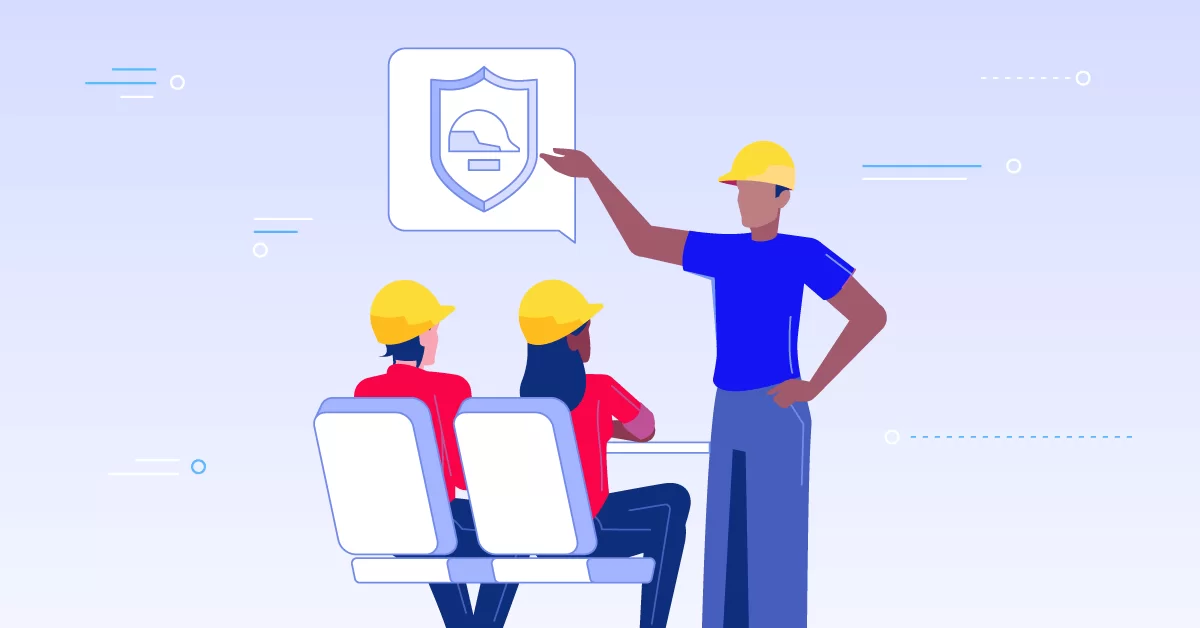What is a Flexible eLearning Framework?
Simply put, this framework demonstrates best practices in establishing an eLearning development team within an organization. It is also a guideline for organizations interested in creating an additional, in-house knowledge management and development unit.
Why is this framework important?
When eLearning development teams satisfy all facets of this framework, they are better equipped and prepared to tackle eLearning projects and establish flexible eLearning environments for varying learning needs.
The flexibility and individualization factor is called “constructivism” in training and education terminology. This phenomenon is difficult to achieve. It takes years of practice and iterative improvements to achieve a dynamic and flexible eLearning environment.
As for the current learning needs of an eLearner, these are specialized, specific and work-context based. These needs require the eLearning development team to be more responsive than ever!
Let’s find out how an organization can achieve the Flexible eLearning Framework for successful ventures.
An eLearning development team consists of several experts. The SME, the curriculum planner and instruction designer, the media expert, the educational technology developer and the programmer, all need to be members of the team, depending on the requirements of the eLearning course.
Dr Khan stresses the importance of the eight dimensions in an eLearning development team or infrastructure. He also presents some sample survey questions to determine the effectiveness of these dimensions in the existing eLearning infrastructure of an organization.
1. Andragogy: This dimension deals with the teaching and learning areas: content analysis, audience analysis, goal analysis, media analysis, design approach, organization, methods, and strategies of eLearning environments. How can you establish the presence of this dimension in your organization? Ask your team these questions:
- Are learners surveyed for prerequisite needs of the eLearning course?
- Do learners have personal learning goals that are a different subset of the course learning objectives?
- Are the course completion requirements flexible enough to fulfill learners’ personal learning goals?
- Is the course facilitator the SME or a dedicated facilitator? Do both understand the strategies required for interaction and collaboration?
2. Technological: This dimension comprises of the educational technology infrastructure, including hardware and software. To ensure your organization complies with Flexible eLearning Framework, determine the following:
- Does your organization have a disaster mitigation and upgrading plan for the technology infrastructure?
- Are minimum technological requirements provided for the eLearners?
- Are additional “how-to” tutorials available for learners before beginning a course?
- Is the technology cost and learning curve a barrier to taking the eLearning course?
- Do learners have sufficient storage space on the organization’s servers?
- Does your organization subsidize the cost of propriety software and hardware for its learners?
3. Interface Design: This dimension deals with the eLearning template designs, which include page and site design, content design, navigation, and usability testing.
- Are the eLearning courses in a program following the same interface design conventions?
- Are courses easy to navigate and explore?
- Do all courses undergo pre-launch testing for usability and other errors?
4. Evaluation: This dimension covers two main aspects of evaluation: Evaluation of the effectiveness of the eLearning course and the course facilitator. It also covers the evaluation of the achievement of the learners.
- Who evaluates and grades learners’ work? What criteria are used?
- What is the feedback strategy?
- Are the grading policies and feedback strategies clearly explained to learners?
- Are consequences of academic misconduct explained clearly?
5. Management: This dimension deals with the day-to-day running of the learning environment and dissemination of knowledge.
- Which roles exist for eLearning support staff?
- Which training programs are available for instructors, SMEs, and course facilitators before they administer eLearning programs?
- What backup systems are available in case of disasters?
- Are course evaluation techniques the same for online and face-to-face learners? Are changes notified in a timely manner?
6. Resource: This dimension determines the currency and validity as well as the quality of learning resources available to support eLearning programs. Does your organization have:
- Sufficient and professional online support systems?
- Do learners know of the technical support staff hours?
- Do learners have access to tutorials that teach them how to be successful online learners?
7. Ethical: This dimension relates to social and political influence, cultural diversity, bias, geographical diversity, learner diversity, information accessibility, etiquette, and the legal issues.
- Do course facilitators understand the learner diversity in a given course? Can they adjust to varying learning preferences?
- Are facilitators sensitive to delivering controversial issues?
- Is there alternative content available for disabled learners?
- Are course schedules and syllabi flexible to learner location, religious, and cultural issues?
- Are copyright, plagiarism, and privacy policies clearly defined?
8. Institutional: The final dimension of the Flexible eLearning Framework deals with issues of administrative affairs, academic affairs and learner services related to eLearning.
- What does the eLearning budget for the organization include for course development, designers, programmers, graphic artists, software and technology acquisition and marketing?
- Are there periodic analyses on ROI?
- What courses promote credit transfer between other institutions?
- Does your organization support a single point of entry or single sign-on to facilitate easier log in for learners and instructors?
While many of these dimensions relate to the learning and talent development platform‘s functionalities, they also help the LMS admins and users be mindful of best practices in running an eLearning organization.
This framework is especially useful for eLearning start-ups and organizations that need to add an eLearning unit. Using the Flexible eLearning Framework as a guide alleviates many problems right at the beginning and also enables eLearning planners to create stronger and robust eLearning organizations.


